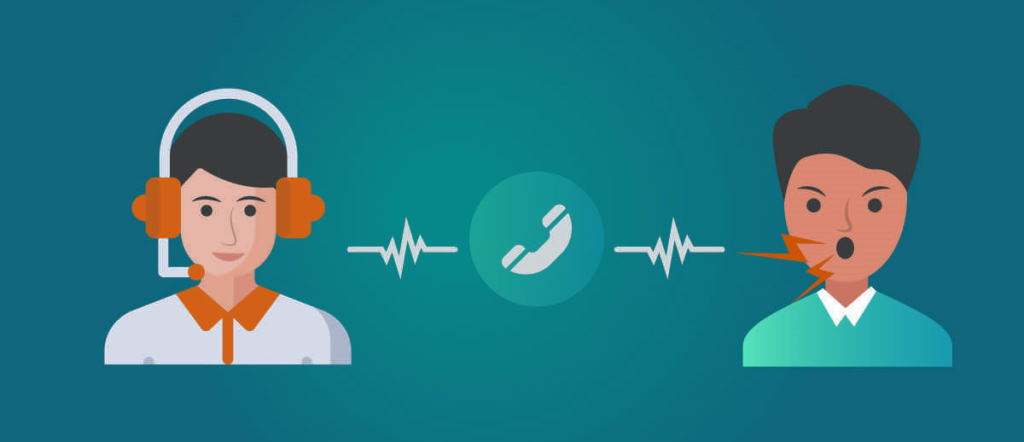Ways to Deal With Unhappy Customers

We all know that one customer who is never satisfied, no matter what you do. They’re the ones who are quick to complain and always seem to be unhappy. While it’s impossible to please everyone, there are some things you can do to try to turn an unhappy customer into a satisfied one. Here are a few tips:
Tips for dealing with unhappy customers
- Take responsibility: Acknowledge the customer’s dissatisfaction and take full responsibility for resolving the issue. Express empathy, let them know that you understand their feelings and apologize for any inconvenience caused.
- Listen carefully: Give your undivided attention to the customer and try not to interrupt them while they’re speaking. Focus on understanding what they are saying so that you can provide an effective solution.
- Ask questions: Ask clarifying questions to understand their complaint or situation better – this will also show that you are genuinely interested in helping them out.
- Offer solutions: Have a range of solutions ready to present to the customer depending on their individual needs or preferences.
- Follow up: Make sure to keep in contact with the customer even after their issue has been resolved. Ask for feedback and inquire whether they’re satisfied with the outcome of your solution.

- Take notes: Document everything discussed during the conversation, including details about the resolution, any complaints made by the customer, and any feedback given afterwards. This will help you stay organized and ensure that similar issues don’t arise in the future.
- Show appreciation: Thank your customers for bringing their concerns to you and for taking the time to provide feedback – this small gesture can go a long way in improving customer satisfaction levels!
- Learn from mistakes: Reflect on what happened and note any improvements that can be made to avoid similar issues in the future. Analyze customer feedback and look for patterns or common themes that could help you better address customer complaints.
- Move on: Even when dealing with an unhappy customer, don’t dwell on the issue too much. Instead, take a few moments to reflect on what went wrong and then move on to solving the problem. Learning how to manage difficult customers is a valuable skill worth mastering!
- Be proactive: Reach out to your customers before they come to you with their complaints – this will show them that you care about their experience and are willing to go above and beyond in order to ensure that they have a positive one. Additionally, staying proactive will help you anticipate customer needs and address any potential issues beforehand.
How do you know if a customer is dissatisfied?
The most obvious sign of customer dissatisfaction is when a customer expresses their negative feelings directly. Customers may take the time to leave detailed feedback or comments on social media, through email, or in person. They might express their displeasure with a product or service or even level harsh criticism about a company’s practices.
Another way to tell if a customer is dissatisfied is by how often they contact your business. If customers are calling more frequently than usual to ask questions, complain, or make changes to orders and services, then it could indicate that they are not happy with how things are going. Furthermore, if customers start taking longer to respond to emails or requests for assistance, this could also indicate dissatisfaction.
Finally, customers may only withdraw their business if they are satisfied. This could be in the form of canceling a subscription or returning purchased items with no intention to replace them. In this case, customers have likely found other products or services that fulfill their needs better.
By paying close attention to customer feedback and behavior, you can identify dissatisfied customers early on and take action before the issue escalates. This will help to ensure that your customers remain happy and your business remains successful.

